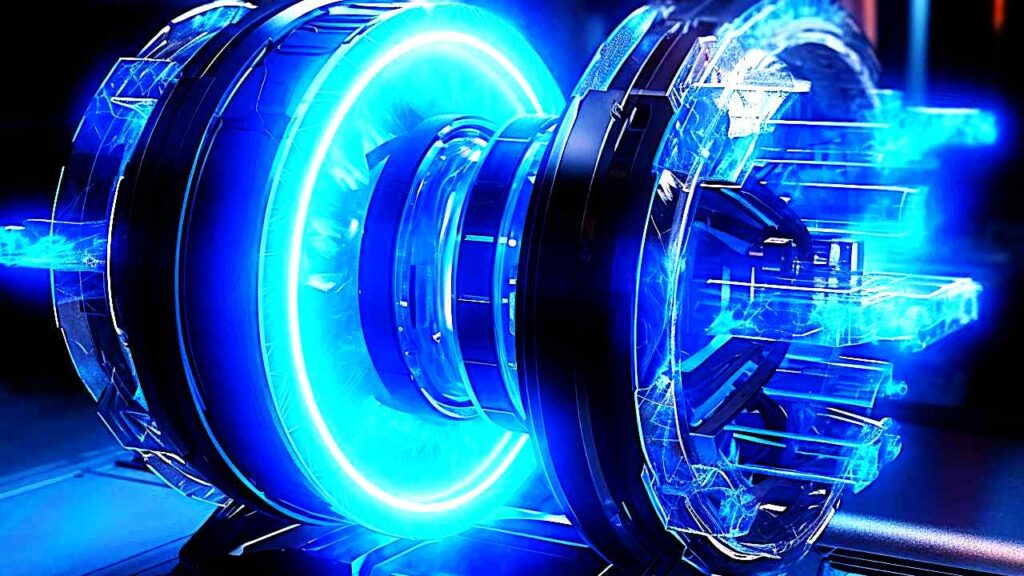Gourav Sinha, a precocious 12th-grade prodigy from The Doon School, Dehradun, stands as a paragon of innovation. He transcends the boundaries of conventional student aspirations. An ingenious visionary, he seeks to redefine the realm of rocket propulsion with his trailblazing ionic engine. As the Chief Technology Officer of EFSANELER, a pioneering ed-tech enterprise, he spearheads initiatives to inculcate advanced scientific acumen, computational prowess, and automation expertise among students. His aspirations dwarf the collective ambitions of myriad unicorn founders. Imagine this: he audaciously envisions supplanting Tesla’s prominence with his revolutionary rocket technology. Undoubtedly, it’s an endeavor he is resolute in achieving within his lifetime.
In an illuminating dialogue with The Interview World, Gourav delves into the meticulous research underpinning his avant-garde innovations. He articulates the singular attributes of his advanced rocket engines, underscoring their unrivaled cost-efficiency and operational efficacy. He also unveils his audacious long-term vision to redefine the paradigms of space exploration. Herein lie the most riveting insights from this extraordinary conversation.
Q: Can you share insights into the research and innovations you are pursuing to advance rocket engine technology?
A: My research is an entirely autonomous endeavor, unbound by institutional affiliations and driven solely by my intellectual curiosity. I am engineering a revolutionary propulsion system that synergizes the principles of ionic propulsion with the conventional hydrogen-oxygen combustion mechanism. The crux of the innovation lies in an intricate process where hydrogen is liquefied within a meticulously designed container, and its electrons are extracted through a sophisticated solenoid re-injection technique, thereby rendering the hydrogen ions positively charged.
This groundbreaking design, for which a patent has been duly filed, embodies a paradigm shift in propulsion technology. When the electron-deficient hydrogen combusts, it seeks to regain its missing electrons, catalyzing an ignition of unparalleled efficiency. Moreover, this process amplifies the thrust generated by the fuel to levels far superior to those achieved by existing hydrogen engines, heralding a new era of propulsion capabilities.
Q: How will your advancements differ from the current rocket engines and thrusters in terms of technology, efficiency, or capabilities?
A: The thruster will preserve its fundamental design, yet the method of fuel injection will be radically reimagined. This shift in fuel dynamics will exert a transformative effect on the engine’s performance, particularly in terms of the thrust it generates. By refining the interaction between fuel and combustion, the engine will unlock unprecedented levels of efficiency and power. Consequently, it will transcend the capabilities of existing propulsion systems, establishing itself as a far superior and more formidable technological advancement.
Q: Can you explain the thrust capabilities of this engine and its potential impact on shaping the future rocket engine market?
A: At present, we have conducted preliminary tests on a small engine, capable of lifting a weight of up to 50 kg. In this experiment, we utilized a modest quantity of fuel—merely a cup—though the measurement was not exact. The engine itself is rudimentary, a basic prototype made from 3D-printed metal, sourced from companies specializing in such technology. While functional, it remains far from perfected.
This is, of course, merely the embryonic stage of our research and development phase. Yet, we remain resolute in our conviction that success is within our grasp. Our overarching ambition is nothing short of transforming the global engine market. We aspire for our innovation to be embraced by the world’s foremost research institutions—Tesla, ISRO, NASA—to name but a few.
Q: How does the affordability of this technology compare to the existing products currently available in the market?
A: In terms of affordability, our design promises a marked reduction in fuel consumption, coupled with enhanced thrust and the potential to increase rocket speed. These advances could prove transformative. As fuel consumption diminishes, the economic viability of the system will, by extension, become more compelling.
That said, it is crucial to acknowledge that we presently lack precise, quantified data. We are still in the nascent stages of development, with only small-scale prototypes under construction—far from the final, large-scale version. Thus, at this juncture, we can offer only a provisional statement, subject to the progress of our research and refinement.
Q: How efficient do you anticipate your engine will be for launching satellites into specific orbits?
A: Reaching orbit is inherently contingent upon the rocket’s design, the volume of fuel it carries, and the engine that propels it. However, the essence of our startup lies not in the rocket itself, but in the creation of the engine that will drive it. The specifics of the rocket—its fuel compartments, ignition points, and other structural elements—are dictated by its design.
Our concept, by contrast, is entirely distinct. We are engineering an engine that will serve as the powerhouse of the rocket. When juxtaposed with the engines currently in use, our design will offer unparalleled power and efficiency, particularly in the launching of satellites.
Q: What is your long-term vision for this project, and where do you aim to take your R&D in the next five to ten years?
A: In a single, succinct expression, my ambition is unequivocal: I seek to usurp Tesla’s position as the preeminent force in the world. That, indeed, is the singular objective I am relentlessly pursuing.








